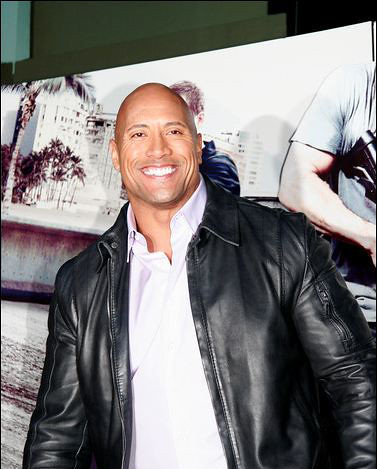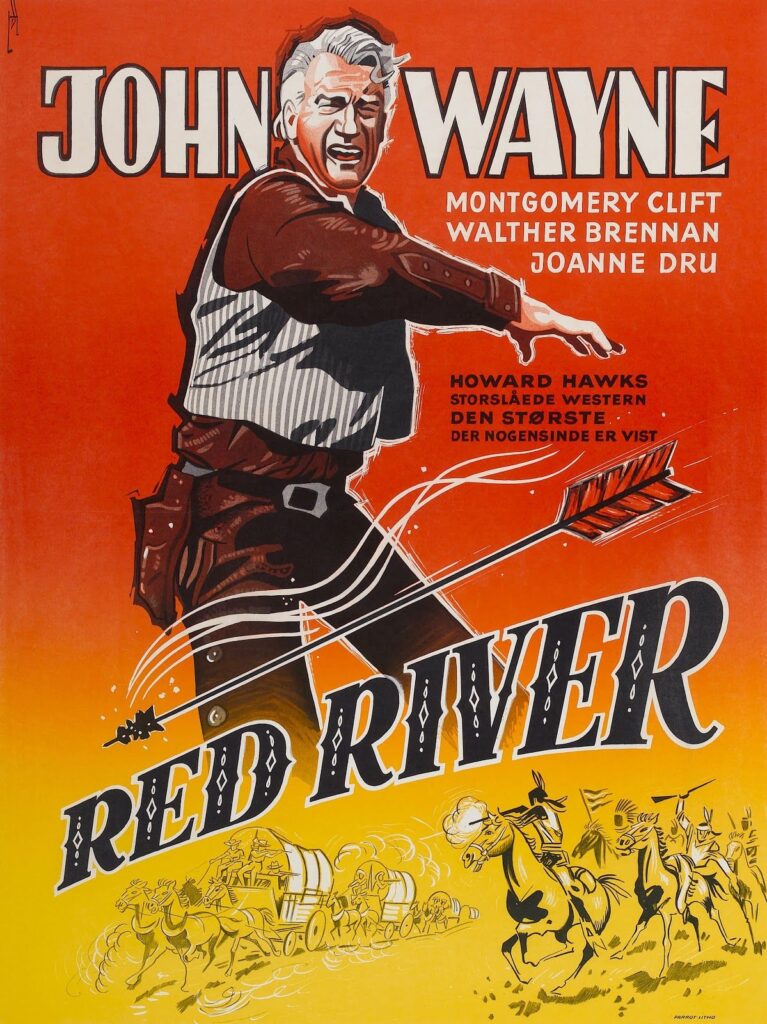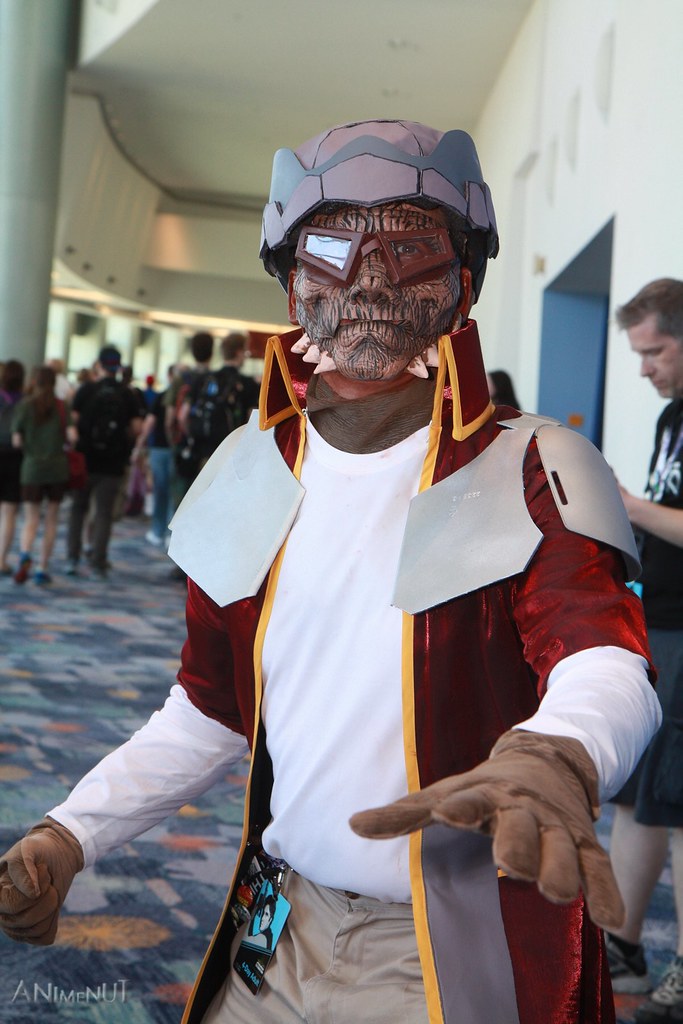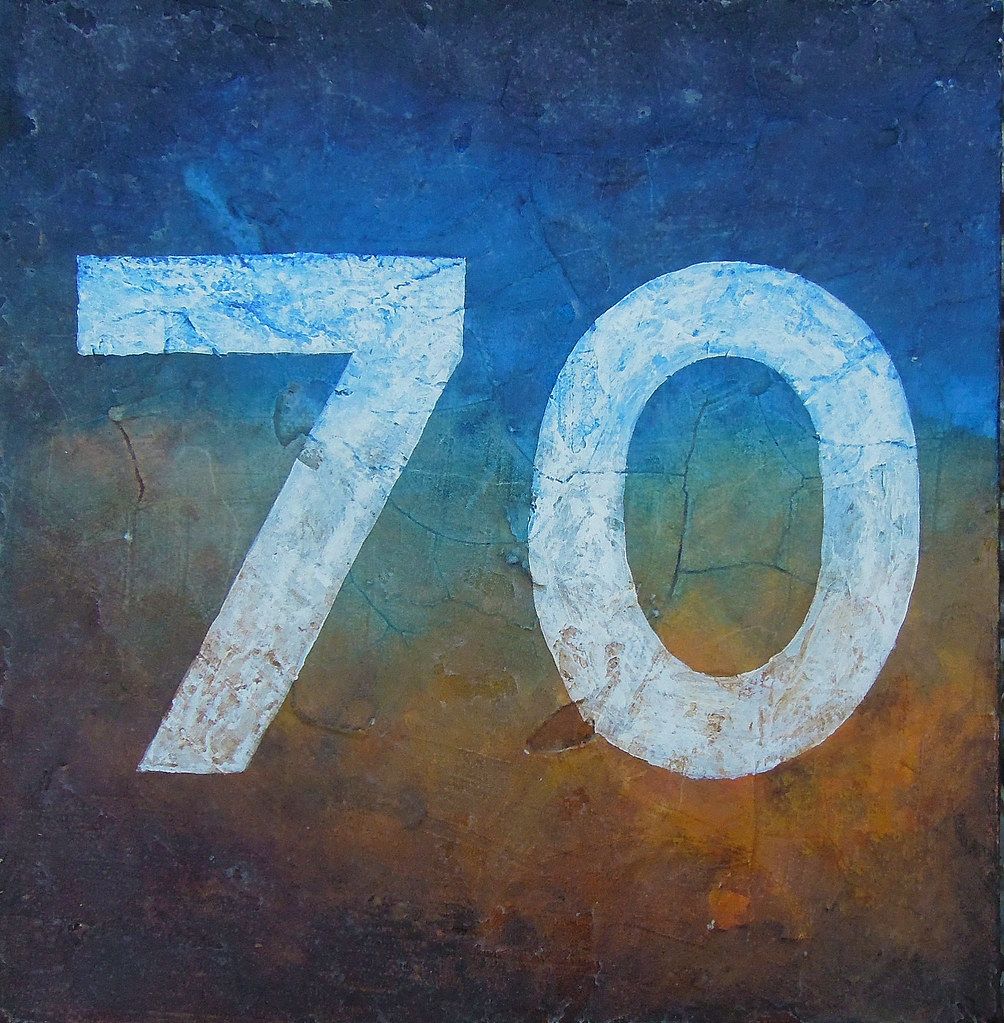
John Wayne. The name alone conjures images of dusty trails, thundering hooves, and a steadfast gaze across the vast American frontier. For decades, “The Duke” was not just an actor; he was the embodiment of the Western genre, shaping its very identity and becoming an icon synonymous with courage, grit, and an unwavering moral compass. His filmography is a monumental testament to a legendary career, spanning countless hours of unforgettable cinema.
While he starred in a diverse range of films, from war epics to romantic comedies, it’s his Westerns that truly etched his legacy into the annals of Hollywood history. These aren’t just movies; they are cultural touchstones, capturing the spirit of an era and the enduring appeal of the American cowboy. But among his vast output, which ones rise above the rest to truly be considered masterpieces? Which films defined not only his career but the very genre he dominated?
As we journey through some of his most significant works, we’re not just listing films; we’re exploring cinematic moments that resonated with audiences for generations, examining the artistry, the storytelling, and the sheer force of nature that was John Wayne. Get ready to revisit the untamed West, because these are the essential John Wayne Westerns that continue to captivate, challenge, and entertain us, proving once and for all why the Duke remains an undisputed legend.

1. **Stagecoach (1939)**Before “Stagecoach,” the Western genre was often relegated to the realm of B-grade entertainment, typically serving as the second half of a double feature. Then came John Ford’s monumental 1939 film, and everything changed. This wasn’t just a movie; it was a seismic event that elevated the Western to one of the great American genres, forever altering perceptions of its artistic potential and narrative depth. It’s hard to overstate its impact, not just on cinema, but on the trajectory of John Wayne’s career.
This film is universally acknowledged as the one that launched John Wayne from a bit player to an A-list leading man, igniting an enduring partnership between him and the legendary director John Ford. Imagine being an audience member in 1939, witnessing that dramatic push-in as Wayne, playing the Ringo Kid, makes his unforgettable entrance. It’s a moment designed to signal the arrival of a star, and it did exactly that, cementing his status as a major cinematic presence. The film just knew it had a leading man in its midst.
“Stagecoach” follows a motley group of passengers traveling through treacherous terrain via a horse-drawn coach, with Wayne’s Ringo Kid – a wanted murderer seeking revenge – joining their ranks. The ensemble cast, including Claire Trevor and Thomas Mitchell (who won an Oscar for Best Supporting Actor as a drunken doctor), crafts a compelling human drama amidst the high-stakes journey. It’s a masterclass in tension, character development, and breathtaking action, all packed into one unforgettable ride across the wild West.
The film’s influence stretched far beyond its immediate success, setting templates for countless Westerns that followed. From its iconic cinematography of Monument Valley to its intricate character dynamics, “Stagecoach” provided a blueprint for how to craft a compelling, large-scale Western that was both entertaining and thought-provoking. It wasn’t merely a film; it was a declaration that the Western could be art, and John Wayne was its new, charismatic face.

2. **Fort Apache (1948)**Almost a decade after “Stagecoach,” John Wayne reunited with John Ford to kick off one of the most celebrated trilogies in Western cinema: the “cavalry trilogy.” “Fort Apache” is the first entry, followed by “She Wore a Yellow Ribbon” and “Rio Grande,” and it immediately established a new benchmark for depicting frontier life. The film masterfully creates such an authentic portrait of the 1860s, transporting viewers directly back to the era of cavalry posts, Native American tribes, and the harsh realities of westward expansion.
In “Fort Apache,” Henry Fonda plays against type as Lt. Col. Owen Thursday, an arrogant and glory-seeking officer placed in charge of a U.S. cavalry post. He finds himself immediately at odds with the honorable veteran, Captain Kirby York, played by Wayne. York, embodying a sense of respect and understanding for the local Native American tribe, stands in stark contrast to Thursday’s disdain and thirst for conflict. This dynamic provides a fascinating ethical core to the film, exploring themes of duty, prejudice, and honor.
The narrative provides Ford with a unique opportunity to delve into some of the Western genre’s darker, more complex themes, moving beyond simple good-versus-evil portrayals. Yet, even amidst these serious explorations, Ford still weaves in moments of laughter and romance, delivered through carefully observed vignettes that highlight the humanity within the rigid military structure. It’s a testament to the film’s nuanced storytelling that it balances such disparate elements so effectively.
“Fort Apache” is more than just an action-packed Western; it’s a character study set against a sweeping historical backdrop. It examines the clash of cultures and personalities, the chain of command, and the personal sacrifices demanded by life on the frontier. Wayne’s portrayal of Captain York here further refines his image as a man of integrity, even when faced with superior officers whose judgment he questions, laying vital groundwork for his future iconic roles.
Read more about: Exploring The Duke: Data, Classics, and Personal Insights on John Wayne’s Films

3. **Red River (1948)**In the same year “Fort Apache” rode onto screens, audiences were treated to another John Wayne masterpiece, this time under the direction of one of John Ford’s few rivals, Howard Hawks. “Red River” is not merely a Western; it is a sprawling, psychologically complex epic that challenged perceptions of Wayne’s acting abilities. Legend has it that even John Ford himself, upon seeing Wayne’s performance, exclaimed, “I never knew the big son of a bitch could act!” It was a revelation, and indeed, he could.
Wayne dons heavy makeup to portray Tom Dunson, an aging, headstrong rancher embarking on a monumental cattle drive. His tyrannical behavior and unyielding will lead to a dramatic mutiny and a bitter rivalry with his adoptive son, Matt Garth, played in his movie debut by Montgomery Clift. This deep, often volatile father-son conflict is the emotional engine of the film, adding layers of intensity and personal struggle rarely seen in Westerns of its time.
“Red River” stands out for its profound emotional and psychological complexity. It’s far from a simple shoot-‘em-up, delving instead into themes of ambition, loyalty, and the formation of identity. The film is also notable for its buried gay subtext, particularly in the interactions between Matt and the rambunctious cowboy Cherry Valance, who famously asks Matt, “You know, there are only two things more beautiful than a good gun, a Swiss watch or a woman from anywhere. You ever had a Swiss watch?” This added a daring layer of subtext that was groundbreaking for the era.
Hawks’ masterful direction and the powerful performances, especially from Wayne and Clift, make “Red River” an enduring classic and “one for the ages.” It showcased Wayne’s capacity for playing characters with significant moral ambiguities and internal struggles, moving beyond the heroic archetypes he often embodied. The film remains a cornerstone of the genre, influencing countless filmmakers and solidifying its place as a truly great American story.
Read more about: Rock ‘N’ Roll on Wheels: 14 Iconic Musicians and the Classic Rides That Define Them

4. **She Wore a Yellow Ribbon (1949)**Following the success of “Fort Apache,” John Ford continued his “cavalry trilogy” with “She Wore a Yellow Ribbon,” and many argue it’s “by far the best” of the three. This film offers one of John Wayne’s most exceptional performances, a deeply studied and measured portrayal that, in hindsight, truly deserved Oscar recognition. Playing Captain Nathan Brittles, a character supposedly at least twenty years older than Wayne himself was at the time, the actor utterly transformed, delivering a nuanced and poignant performance aided by some masterful heavy makeup.
Brittles is a retiring U.S. Cavalry Captain tasked with one last, critical mission: protecting his troops from an impending Indian attack while also ensuring the safety of the women on the base. Haunted by the historical defeat of General Custer, Brittles is determined to prevent a violent confrontation, showcasing a weary wisdom that grapples with the realities of war and peace on the frontier. It’s a role that allowed Wayne to explore vulnerability and age, moving beyond his usual rugged heroics.
More than a typical action movie, “She Wore a Yellow Ribbon” serves as a powerful rumination on growing old, on duty, and on the bittersweet passage of time. A particularly touching scene towards the end features Brittles and Chief Pony That Walks discussing hunting, fishing, and drinking, reinforcing the shared humanity and anachronistic nature of two men from different worlds facing the inevitable sunset of their lives and traditions. It’s a moment of profound reflection within the epic scope.
The film is also a visual triumph, winning an Oscar for Winston C. Hoch’s vibrant Technicolor cinematography. The sweeping landscapes, vivid uniforms, and dramatic lighting contribute immensely to its epic feel, making every frame a work of art. While Wayne received an Oscar bid in the same year for “Sands of Iwo Jima,” many critics and fans alike agree that his work as Nathan Brittles was the more deserving, showcasing an incredible depth and range in his portrayal of a man on the brink of retirement.

5. **Rio Grande (1950)**Rounding out John Ford’s iconic “cavalry trilogy” is “Rio Grande,” a film that, while perhaps not matching the immediate greatness of its predecessors “Fort Apache” and “She Wore a Yellow Ribbon,” is nonetheless an “under-appreciated gem.” It provides a fitting conclusion to a series that explored the lives and challenges of the U.S. Cavalry on the American frontier, reinforcing many of the themes Ford and Wayne had so expertly cultivated in the prior installments.
John Wayne stars as Colonel Kirby York, a cavalryman dedicated to protecting an outpost on the Rio Grande from aggressive Apache forces. However, his devotion to duty is complicated by personal turmoil: the arrival of his estranged wife, Maureen O’Hara, and their daring young recruit son, Claude Jarman, Jr. This intricate family dynamic, where duty often came second to his wife and son, adds a rich, emotional layer to the narrative, showcasing the sacrifices inherent in a military life and the strains it placed on personal relationships.
The film skillfully interweaves the personal and the professional, exploring the complex relationships within the York family against the backdrop of dangerous frontier conflict. Wayne’s portrayal here is of a man caught between his obligations to the military and his desire for a reconciliation with his family, adding a humanizing vulnerability to his strong, stoic persona. It’s a compelling exploration of duty, love, and the often-harsh realities of life in the West.
“Rio Grande” isn’t just about battles and military strategy; it’s also notable for its inclusion of lovely folk songs performed by the Sons of the Pioneers, adding an authentic musical texture that enhances the film’s atmosphere. This blend of action, drama, and heartwarming musical interludes makes “Rio Grande” a uniquely rich and engaging experience, solidifying its place as a significant, albeit often overlooked, entry in the Duke’s Western filmography and a strong capstone to the cavalry trilogy.
Read more about: Rodion Shchedrin’s Enduring Legacy: A Deep Dive into the Composer Who Forged Russia’s Musical Soul

6. **Hondo (1953)**Leaping forward a few years, we encounter “Hondo,” a quintessential John Wayne Western that ventured into new technological territory for its time. Released in 1953, “Hondo” stands out as likely the only film Wayne made during the brief, experimental 3D fad. Imagine audiences in 1954, ducking and swerving as Duke’s fists, arrows, or bullets appeared to fly directly out of the screen, threatening to engulf everyone in the front row. It was a spectacle, designed to immerse viewers in the rugged frontier like never before.
Based on a Louis L’Amour story, “Hondo” is an unabashed cowboy and Apache film, featuring Wayne in the title role as an army dispatch rider. He stumbles upon a widow, Angie (Geraldine Page, who earned a Supporting Actress nomination), and her young son, Johnny, living dangerously in the wilderness, unaware of the impending threat from Apache warriors. Hondo, true to his stoic, protective nature, lingers to safeguard them, forming a paternal bond with the boy, which adds a touching layer to his otherwise gruff exterior.
The film is a showcase of raw Western action, delivering an impressive array of sequences: an intense Apache/Wayne chase, a gritty hand-to-hand combat scene, and a climactic cavalry/Apache battle. Wayne also gets into several fistfights, notably with Leo Gordon, here playing Angie’s wayward husband. The Duke, never one to back down, often resorted to his signature powerful punches, though in “Hondo,” he eventually ups the ante, showcasing a more lethal side when necessary by shooting Gordon dead.
“Hondo” also provided some memorable character moments, like Hondo’s practical, if startling, swimming lesson for young Johnny: “just reach out in front of you and grab a handful of water.” It’s a good, solid Western where Wayne’s portrayal became an iconic role, recognized alongside characters like Ethan Edwards and Sean Thornton for its enduring popularity. This film truly shows new shades of Wayne’s macho screen persona, making it a pivotal entry in his legendary career.
Now, let’s saddle up and continue our journey through the Duke’s most magnificent Westerns. These aren’t just movies; they’re indelible pieces of cinematic history that further cemented John Wayne’s legend, showcased his incredible range, and captured the essence of the American frontier in ways few other actors ever could. From rallying a ragtag team to face down outlaws to delivering an Oscar-winning performance, these films are pure gold, each a masterpiece in its own right.

7. **Rio Bravo (1959)**When you talk about seamless blending of action, comedy, music, and romance, Howard Hawks’ “Rio Bravo” immediately springs to mind. This film is nothing short of a masterclass in entertainment, a rousing and quintessential Western that proves you don’t need excessive flash to deliver a truly engaging story. It’s the kind of movie that just gets better with every rewatch, revealing new layers of character and wit.
John Wayne, in top form, leads as the small-town sheriff, John T. Chance, who finds himself in a tight spot: needing to fend off tough outlaws trying to break a murderer out of his jail. What makes this premise sing is the eclectic group he rounds up to help him. We’re talking about a lineup that includes the town drunk, Dude (played with incredible depth by Dean Martin), an aging, cantankerous deputy, Stumpy (Walter Brennan, stealing every scene), and a young crooner, Colorado (Ricky Nelson, charming everyone).
Adding to this already fantastic mix is Angie Dickinson as the beautiful gambler, Feathers, who brings a spark of romance and fierce independence to the proceedings. The film masterfully allows room for genuine character development and delightful musical interludes, ensuring that its 141-minute runtime absolutely breezes by. There’s not a single wasted moment, as the narrative expertly weaves together moments of tension with heartwarming interactions.
Though it might have been initially dismissed by some critics, “Rio Bravo” has since achieved the recognition it rightfully deserves, standing as a bona fide classic. Filmmakers like Martin Scorsese, John Carpenter, and Quentin Tarantino count it among their all-time favorites, a testament to its enduring craftsmanship and unique charm. It’s a foundational text for anyone who loves the Western genre, or simply great storytelling.

8. **The Man Who Shot Liberty Valance (1962)**As John Wayne entered his later career, he continued to collaborate with legendary director John Ford, resulting in “The Man Who Shot Liberty Valance,” a truly thoughtful and nuanced examination of the differences between myth and truth in the Old West. This late-career masterpiece is more than just a Western; it’s a profound commentary on how legends are made and often preferred over the messy reality.
The film stars Wayne alongside another titan of cinema, James Stewart, both of whom found fresh, new shades in the archetypal characters they often played. Stewart portrays U.S. Senator Ransom Stoddard, a man whose fame stems from purportedly killing the notorious outlaw Liberty Valance (a menacing Lee Marvin). The story unfolds through flashbacks as Stoddard returns to his hometown to bury an old friend, Tom Doniphon (Wayne), and the true events of that legendary night slowly come to light.
Ford’s direction here is masterful, deliberately shot in stark black-and-white to emphasize the thematic contrasts and the grit of the frontier. The revelation of how Stoddard actually became “the man who shot Liberty Valance” is a brilliant narrative device, highlighting the idea that sometimes, the legend is more important than the truth in shaping a society. It’s a poignant reflection on the sacrifices made for progress and order.
This film, despite its critical acclaim and lasting impact, only received a lone Oscar nomination for Edith Head’s costumes, which feels like a significant oversight considering the incredible performances from Wayne, Stewart, and Marvin. Both Wayne and Stewart delivered such deserving, powerful performances that continue to resonate with audiences today, making this a cornerstone of American cinema and a must-see for any Duke fan.

9. **El Dorado (1967)**For those who loved the camaraderie and wit of “Rio Bravo,” “El Dorado” offers a welcome return to that magic, serving as a spiritual sequel that reunites John Wayne with director Howard Hawks. This film delivers all the expert blending of excitement and laughs that audiences had come to expect from their previous collaborations, proving that lightning can indeed strike twice, or even thrice, when you have such talent at the helm.
Wayne takes on the role of Cole Thornton, a gun-for-hire who finds himself joining forces with his old pal, the delightfully drunken sheriff J.P. Hara, played by the inimitable Robert Mitchum. Their mission: to help a rancher family fight off a ruthless rival who’s trying to steal their water. Adding a dash of youthful energy and quick wit to the mix is James Caan as the gambler, Mississippi, making for a truly dynamic trio.
With a crackling script penned by Leigh Brackett, who also brought us the brilliant dialogue of “Rio Bravo,” “El Dorado” shines with sharp banter and compelling character interactions. It’s not just about the action; it’s about the relationships, the loyalty, and the humor that emerges even in the face of danger. Hawks orchestrates these elements perfectly, creating a narrative that’s both thrilling and genuinely funny.
The film stands as a testament to the enduring talent of Hollywood’s golden age veterans, with Wayne and Mitchum delivering outstanding late-career work that showcased their seasoned command of the screen. “El Dorado” solidifies its place as a beloved Western, one that perfectly captures the spirit of its predecessors while carving out its own distinct, memorable identity. A third semi-sequel, “Rio Lobo,” would follow in 1970, further cementing this distinct style.
Read more about: Rock ‘N’ Roll on Wheels: 14 Iconic Musicians and the Classic Rides That Define Them

10. **True Grit (1969)**After decades of delivering iconic performances, John Wayne finally clinched his long-overdue Best Actor Oscar for his unforgettable portrayal in Henry Hathaway’s rousing Western, “True Grit.” This was a moment of true cinematic justice, recognizing a career that had shaped an entire genre and entertained generations. The role of Rooster Cogburn became one of his most beloved and enduring characters, a testament to his ability to bring complex figures to life.
Wayne utterly transforms into “Rooster” Cogburn, a craggy, one-eyed U.S. Marshal with a penchant for whiskey and a gruff demeanor. He’s hired by a determined 14-year-old girl named Mattie Ross (played brilliantly by Kim Darby) to track down the malicious Tom Chaney (Jeff Corey), who murdered her father. The unlikely duo forms the heart of the story, their contrasting personalities sparking both humor and poignant moments of understanding.
Their quest leads them into dangerous territory, where they encounter a posse of violent baddies, including memorable turns from Robert Duvall and Dennis Hopper. But as audiences discovered, there was little that the Duke — even sporting an eye patch and a pot belly — couldn’t handle. His performance was a masterclass in character acting, blending his familiar stoicism with a surprising vulnerability and an undeniable charm.
The recognition for “True Grit” wasn’t limited to the Academy Awards; Wayne also took home a Golden Globe for his performance, solidifying its place as a career highlight. The film’s impact was so significant that Wayne reprised the role in a 1975 sequel, “Rooster Cogburn,” and the character was famously reinterpreted in the Coen Brothers’ acclaimed 2010 remake starring Jeff Bridges. It’s a role that continues to resonate, symbolizing true grit itself.
Read more about: You Need to Add These 14 Seriously Awesome Classic Movies to Your Watchlist ASAP!

11. **The Shootist (1976)**It’s impossible to talk about John Wayne’s filmography without acknowledging his poignant cinematic swan song, Don Siegel’s “The Shootist.” This film is not just one of his very best performances; it’s an incredibly moving and introspective piece of cinema that sees Wayne playing a cancer-ridden gunfighter, J.B. Books, hoping to die with dignity. The parallel to his own real-life battle with cancer, which he would tragically lose three years later, adds an almost unbearable layer of emotional weight.
The film opens with a unique introductory sequence, featuring clips from Wayne’s earlier Westerns like “Red River,” “Hondo,” “Rio Bravo,” and “El Dorado,” instantly establishing Books as a figure deeply rooted in the mythology of the Old West. Ron Howard’s voiceover further defines Books as a man of principle: “I won’t be wronged. I won’t be insulted. I won’t be laid a-hand on. I don’t do these things to other people, and I require the same from them.”
Books rents a room in a boarding house run by the widowed Bond Rogers, played with quiet dignity by Lauren Bacall. Their scenes together are so authentic, as noted by the late film critic Roger Ebert, that “you forget you’re watching a movie.” Bacall’s underrated performance provides a crucial emotional anchor, especially as her teenage son, Gillom (Ron Howard), starts to look up to the dying gunfighter as a father figure, challenging Books’ desire for a peaceful exit.
“The Shootist” is both an effective drama and a profound ode to the Duke’s legendary career, filled with appearances from former Wayne co-stars like James Stewart, Richard Boone, and John Carradine, each adding to the film’s rich tapestry. The climax is a powerful, melancholic gunfight where Books, choosing the manner and time of his own death, orchestrates his final stand, succumbing to a shotgun blast in the back from a cowardly bartender. It’s a poignant, unforgettable send-off to one of Hollywood’s greatest stars, and had he not won for “True Grit,” this performance surely would have sealed his Oscar fate.
Read more about: Exploring The Duke: Data, Classics, and Personal Insights on John Wayne’s Films
And there you have it – eleven indelible Westerns that showcase the sheer, unstoppable force of nature that was John Wayne. From his breakout as the Ringo Kid to his poignant final bow as J.B. Books, the Duke didn’t just star in Westerns; he lived them, breathing life into characters that have become synonymous with the American spirit. These aren’t just films to watch; they are experiences to savor, lessons in storytelling, and enduring monuments to a Hollywood legend whose impact on cinema continues to echo through the canyons of time. So, next time you’re looking for a cinematic adventure, dust off one of these masterpieces and remember why John Wayne remains the undisputed king of the silver screen frontier.



